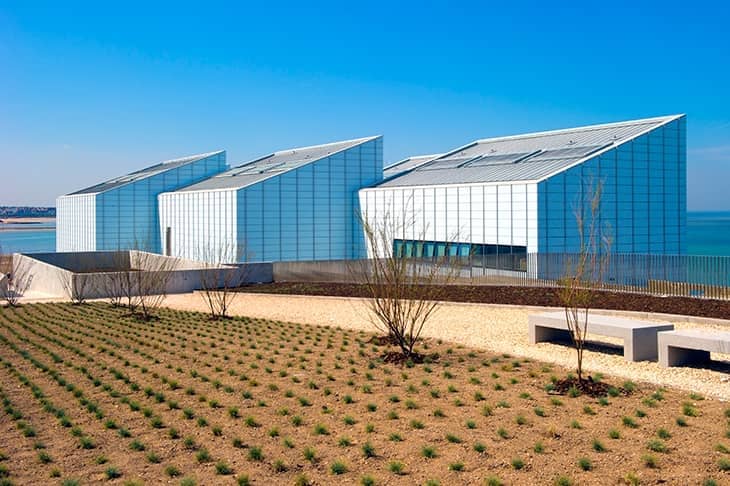I learnt a horrible new word during the holidays: Twixmas. It refers to the 27-30 December period and has its roots in the word ‘betwixt’, although why anyone would refer to those dates as ‘betwixt’ Christmas and New Year rather than ‘between’ is beyond me. Caroline, who now works in travel, introduced me to it and the reason it came up is that she booked an Airbnb in Margate for precisely those dates. This was to be our Twixmas holiday. Not ideal because there were QPR games on the 27th and the 30th, one of them in Bristol, but by criss-crossing the country in our VW seven-seater I made it work.
First the good news. Margate is actually quite nice. I’ve been to quite a few seaside towns in the course of following QPR this season — Scarborough, Blackpool, Whitby — and Margate is up there with the best. Admittedly, that’s a low bar, but you definitely get the impression that this is a resort on the up. Alongside the sleazy amusement arcades on the seafront, there were lots of cute micropubs and enticing cafés and restaurants. Peering through the window of the Laughing Barrel, I initially thought it must be a homeless shelter but then realised these were local artists, of which there are many hereabouts. Our Airbnb had been a guest house called the Happy Dolphin and still bore the sign above the front door, yet in all other respects had been thoroughly gentrified.
What irked me was that the gallery took it upon itself to wag its finger in the face of its visitors
But the institution that often gets the credit for Margate’s regeneration — the Turner Contemporary, which opened in 2011 — was a disappointment. It’s supposedly built on the site of the Georgian boarding house that J.M.W. Turner used to stay at on his many visits to the town and it looks out over the bay where, according to the painter, the sky was ‘the loveliest in all Europe’. That’s as may be, but the smell certainly isn’t. The gallery sits next to a beach that emits such a foul, sulphurous stench at low tide — something to do with rotting seaweed — that visitors literally start gagging on their way in. This problem was known about before the Tate decided on the location, but for some reason it didn’t look for an alternative site. Perhaps it was the only one Thanet District Council made available, knowing they’d have no chance of selling it to a developer.
I was expecting to see at least a couple of Turners, but the emphasis in the gallery’s name is definitely on the second word. It had three ‘spaces’, one given over to work the locals had produced during the pandemic; one to a group of four young women calling themselves ‘Canvas 4 Equality’, an ‘artistic collective’ organised after the death of George Floyd; and one that celebrated Margate Pride.
In other words, with the exception of the first room, which was quite charming, it was a bit of a woke-fest. To give just one example, an ‘exhibit’ in the second room was a photograph of two white, middle-class protesters holding up placards saying ‘The UK is Not Innocent: Black Lives Matter’ and ‘Black Trans Lives Matter’.
I wonder if Nadine Dorries is aware that this is what Arts Council England is spending its money on? There was even an ‘installation’ urging us to ‘seek justice from those that call Westminster home’ and declaring it could be ‘proven’ that 2,400 people had died after being declared ‘fit for work’. A sign at the base of it, garlanded by flowers, said ‘For Those Lost’. I don’t suppose the Culture Secretary would mind the anti-Tory propaganda, but she might object to the lack of effort being made to engage the local population — apart from the hipsters in the Laughing Barrel, obviously. Both parliamentary seats in Thanet are Conservative and have been for some time. Why would the good burghers of Margate want to come to an exhibition that accused the party they’d voted for of murder?
In truth, the reason I found the Turner Contemporary so irksome was not the values being promoted, which I daresay come from a good place, but the fact that the gallery took it upon itself to wag its finger in the face of its visitors, lecturing them about how to be better citizens. That is true of nearly all contemporary art, as if its creators see themselves as a kind of secular priesthood — and it’s not just artists. This is one of the side effects of the decline of Christianity. What used to be the prerogative of the church has been taken on by all manner of chancers, who, in some cruel twist of fate, are now the custodians of public morals.
I liked Margate, but I think I’d prefer it if the Turner Contemporary was transformed into a Starbucks.







Comments